Alaskan Husky Care During Extreme Weather Conditions
Welcome to our comprehensive guide on Alaskan Husky care during extreme weather conditions. We are dedicated to providing the best care tips and advice for your beloved Alaskan Huskies. These incredible dogs are known for their endurance, strength, and resilience, making them perfect companions for extreme weather conditions. Whether you live in cold, snowy climates or are planning a winter adventure with your furry friend, we’ve got you covered with essential tips to ensure your Alaskan Husky stays healthy and happy.
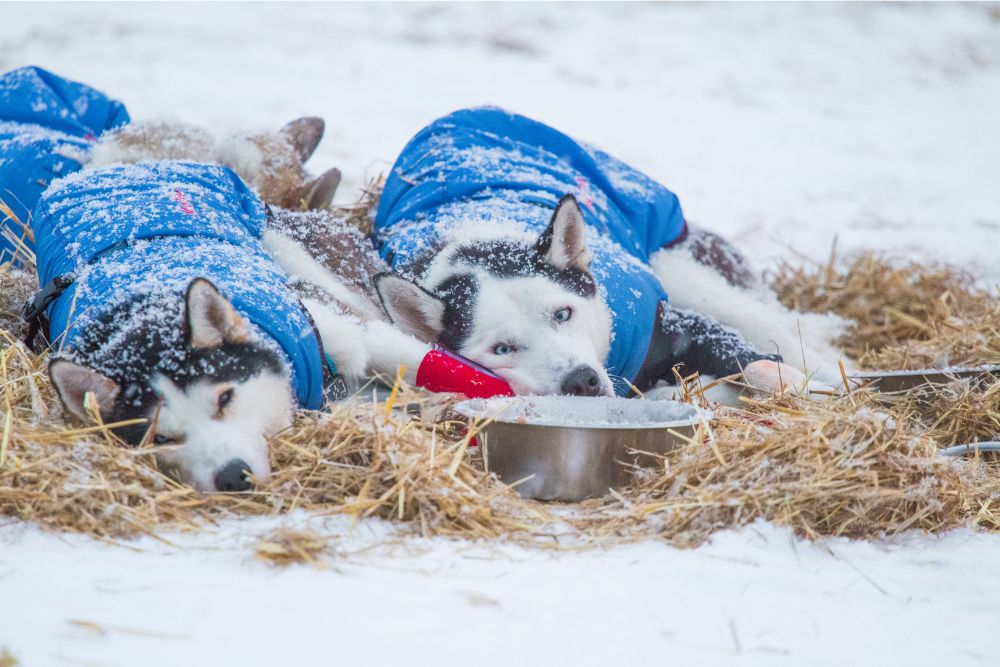
Understanding the Alaskan Husky Breed
Before we delve into specific care tips, let’s take a moment to understand the Alaskan Husky breed. These magnificent dogs are a specialized type of working dog, selectively bred for their exceptional sled-pulling abilities and endurance. As a result, they have unique physical characteristics and a thick, double-layered coat designed to protect them from harsh weather conditions.

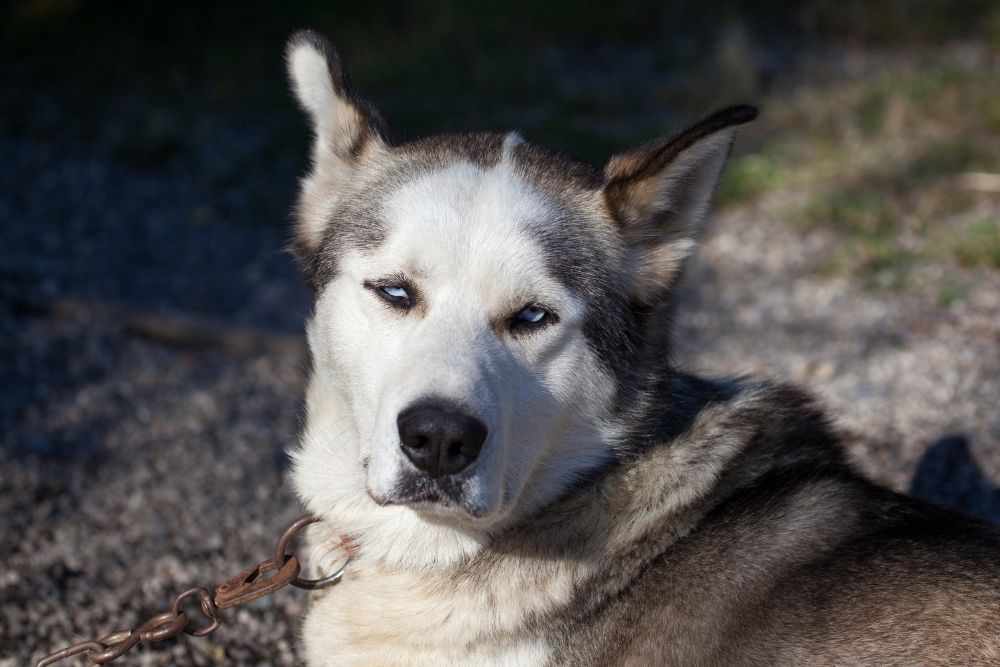
The Importance of Shelter
During extreme weather conditions, providing proper shelter for your Alaskan Husky is paramount. While they are naturally adapted to cold climates, it’s essential to offer a warm and dry place for them to retreat to when the weather becomes too severe. A well-insulated dog house or a designated indoor area with soft bedding will help keep your furry friend comfortable and protected from the elements.
Grooming for Winter
Maintaining your Alaskan Husky’s coat is crucial, especially during winter. Regular grooming sessions are essential to keep their fur clean, free from mats, and well-insulated. Brushing their coat will help distribute natural oils, which act as a protective barrier against the cold. Additionally, it reduces shedding and ensures your home stays cleaner.
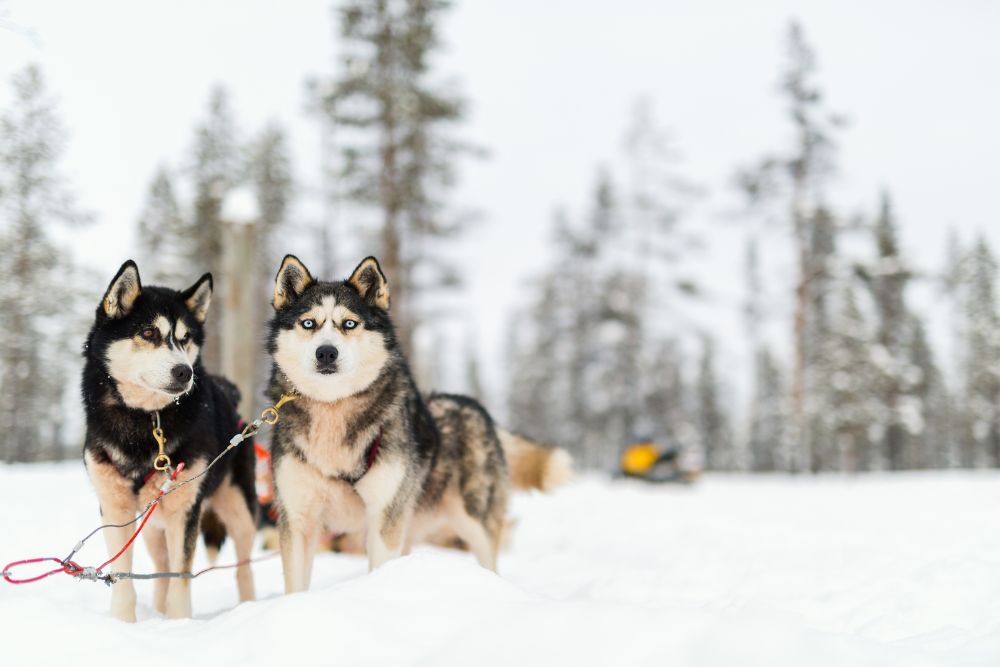
Proper Nutrition and Hydration
During extreme weather conditions, your Alaskan Husky’s dietary needs may change. They require extra energy to stay warm and active, so it’s essential to provide them with high-quality, nutrient-dense food. Consult with your veterinarian to determine the best diet for your dog’s specific needs.
Moreover, ensure that your Husky has access to fresh water at all times. Dehydration can occur even in cold weather, and proper hydration is essential for their overall well-being.
Exercise and Mental Stimulation
Alaskan Huskies are highly energetic and intelligent dogs that require regular exercise and mental stimulation, regardless of the weather. Engage them in interactive play, provide puzzle toys, and take them for walks, but be mindful of extreme weather conditions. Avoid outdoor activities during the harshest weather and opt for indoor play instead.
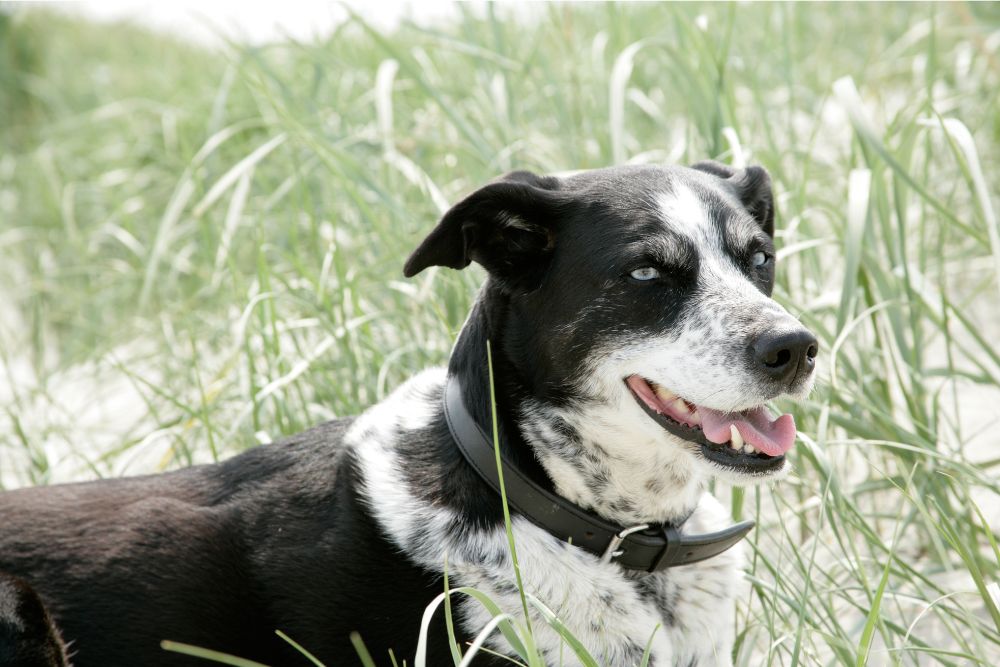
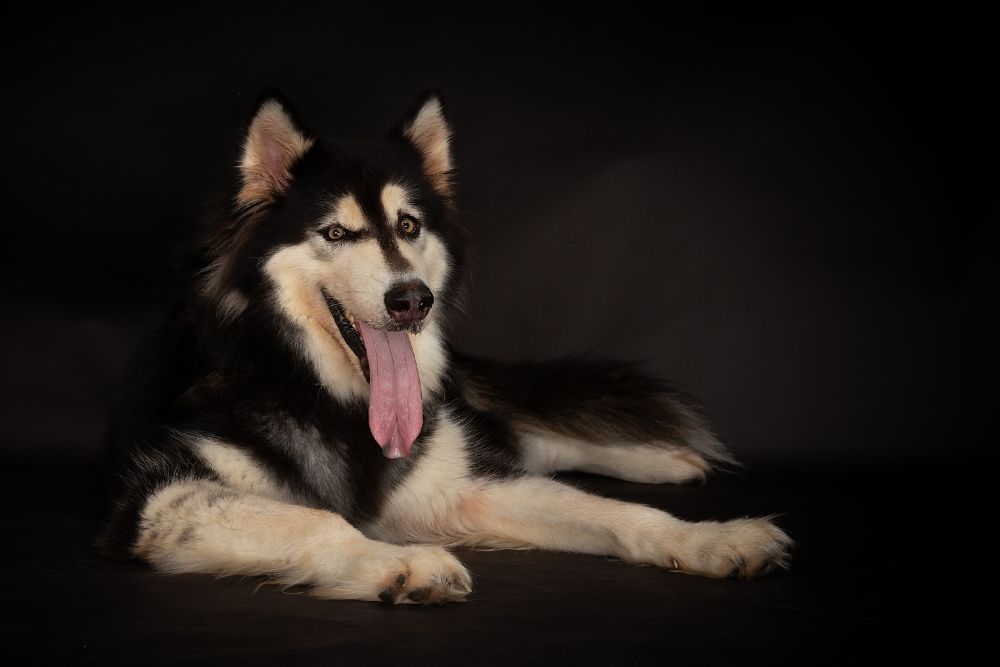
Protecting Paw Pads
Alaskan Huskies are built to withstand cold conditions, but their paw pads can still suffer from the effects of extreme weather. Ice, snow, and salt on sidewalks can cause irritation and even injury to their sensitive pads. Consider using paw balms or booties to protect their paws during walks in harsh weather.
Recognizing Hypothermia and Frostbite
As a responsible owner, it’s crucial to recognize the signs of hypothermia and frostbite in your Alaskan Husky. Symptoms of hypothermia include shivering, lethargy, and weakness. Frostbite may appear as pale or bluish skin, and affected areas will be cold to the touch.
If you suspect your Husky is experiencing either of these conditions, seek veterinary care immediately. Early intervention is essential to prevent further complications.
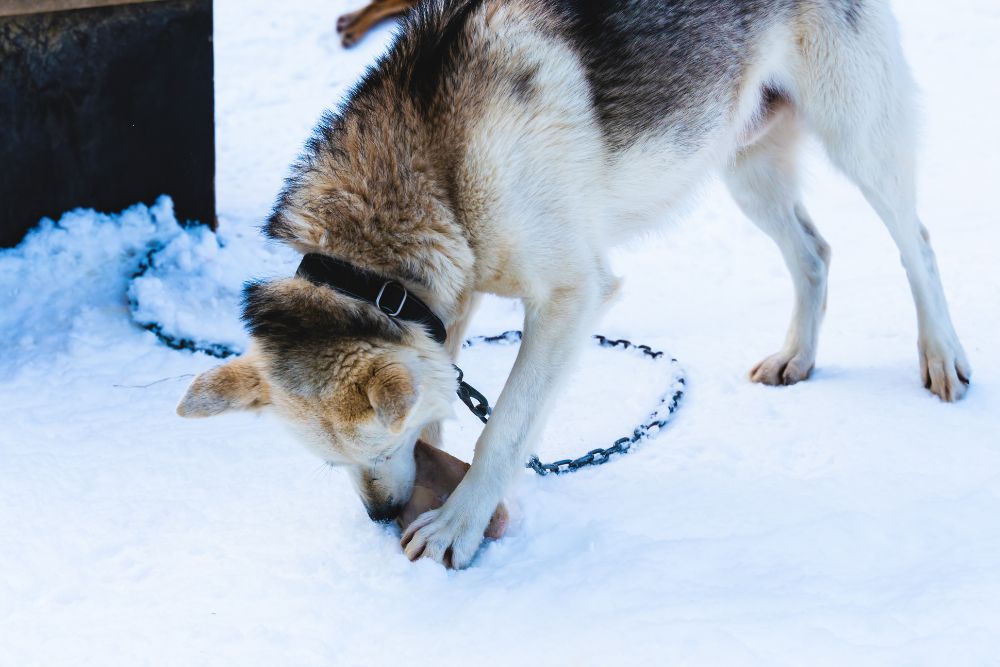

Alaskan Husky Care during Extreme Weather Conditions
Caring for your Alaskan Husky during extreme weather conditions requires attention to detail and understanding of their unique needs. Providing adequate shelter, grooming, nutrition, exercise, and protection will ensure your furry companion thrives in cold climates.
Remember, the Alaskan Husky is a breed renowned for its adaptability and resilience. With your love and proper care, they will continue to be your loyal and adventurous partner through all weather conditions.